This is the first in a series of retrospective collage art focusing on myth, stories, historic events, and cultural attitudes about rape as seen through different time periods. The art is made from paper cutouts and paper packing tape. As an antiques dealer, I often ship fragile ancient ceramics, so this tape is part of my everyday visual world. The images in this installment are recreations of Old Master paintings. This series is excerpted from my manuscript Famous Rapes.
***
In ancient Rome, though rape was a crime, it had little to do with the victim’s lack of consent. If the rape was of a woman, it was her father or husband who had been violated.
When Constantine, the first Christian emperor, took over, he tweaked the law a bit. Now, if a father opposed his daughter’s consensual behavior, both she and the perpetrator became rapists, and both were subject to being burned alive. If she did not consent and the sexual behavior was forced, her life was spared and she was only disinherited.
By the time the Renaissance rolled around, mythological rapes became a popular subject for paintings.
Pietro da Cortona’s Rape of the Sabines
As far as legend is concerned, Romulus hatched a plan to abduct the visiting Sabine women during a festival of Neptune Equester. These Sabine “wives” became the mothers of the new Romans and, in Renaissance and Baroque Europe, their story went on to become a major celebratory motif. In Tuscany, the rape often adorned wedding banners and marriage chests. Pietro da Cortona’s image depicts the theme as theatrical conquest and rapture.
François Boucher’s Leda and the Swan
Classical literature reports that Zeus, in the form of a swan, raped Leda. Though the story went seldom depicted for centuries, it picked up popularity in the sixteenth century, only to reach its most grotesque depiction under the notoriously licentious hand of François Boucher. Here, the swan prepares to penetrate a voluptuous and willing Leda.
Simone Pignoni’s Rape of Proserpine
Simone Pignoni chose to depict the moment Pluto laid his first hand on Proserpine. She was about to be dragged off to Hades, and we all know what would happen to her there.
Eugène Delacroix’s Death of Sardanapalus
Delacroix was a Romantic with a taste for the exotic. Here, Sardanapalus, the last Assyrian king, lounges in witness. He knows he is facing a military defeat, so he has ordered all of his possessions, including his sex slaves, destroyed. Delacroix shows him unmoved by their pleas.
Carlo Cignani’s Apollo and Daphne
In Ovid’s Metamorphoses, Apollo will not stop stalking Daphne, so she calls out, “Destroy the beauty that has injured me, or change the body that destroys my life.” Her father, a forest nymph, hears her cry and rescues her from her female form by turning her into a tree.
Felice Ficherelli’s The Rape Of Lucretia
Lucretia is about to be raped by Sextus Tarquinius, the son of the ruling tyrant. Tomorrow she will stab herself in the heart to protect her honor. Her tale became a touchstone for what it meant to be a virtuous woman.
Pompeo Batoni’s Susanna and the Elders
One day the Hebrew woman Susanna was bathing. Two elders attacked her on her way back home, threatening to say she had been with a lover unless she would agree to have sex with them. Batoni loved this theme and painted it multiple times. Here, he shows the vulnerable Susanna struggling against two wrinkled and veiny men. The good news is that she did get away from them, and though the elders did accuse her of having been with a lover, for which she would have been killed, when the whole thing went to trial a young man named Daniel stuck up for Susanna. Her life was spared.
***
These are paintings in which rape is the work of heroes, and women swoon before heroes. These women have been fated to suffer the liability of their female form. There is no way out—the only answer is not to be a woman all. Be turned into a tree. Take your own life. Or, if a woman does decide to fight, the only way she can win is by being protected by another man.
These paintings document the attitudes of their time, and challenge us to consider how much progress we’ve made.
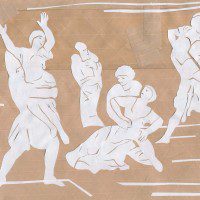
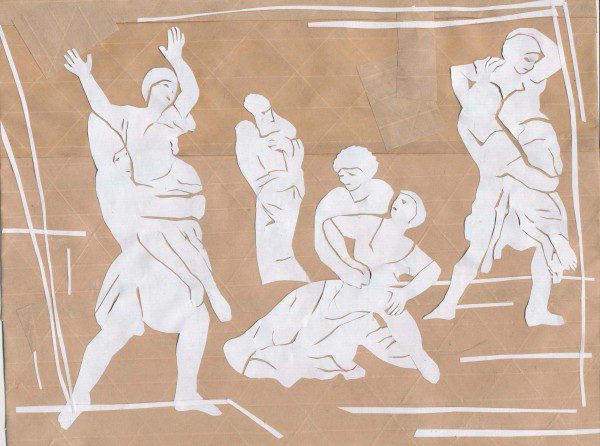
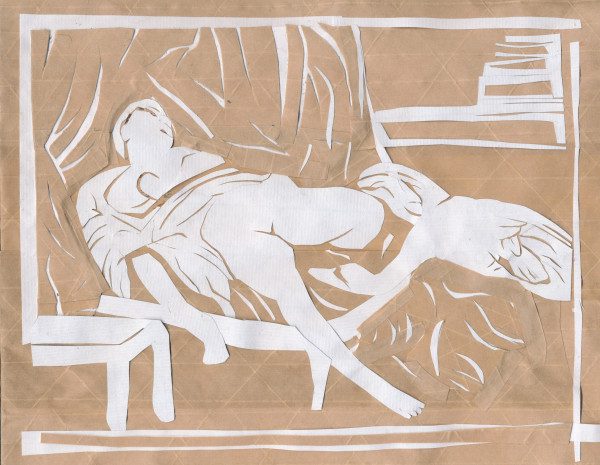
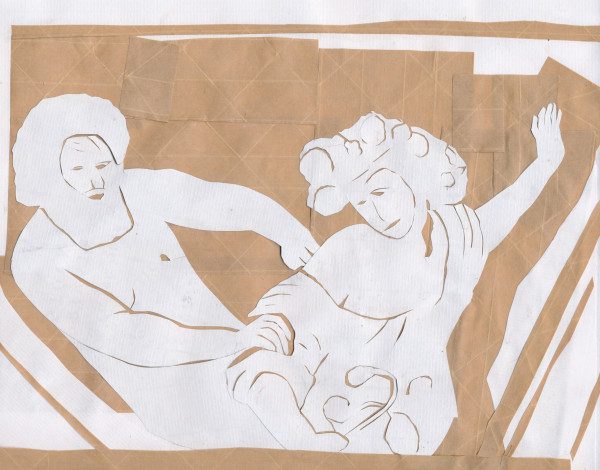
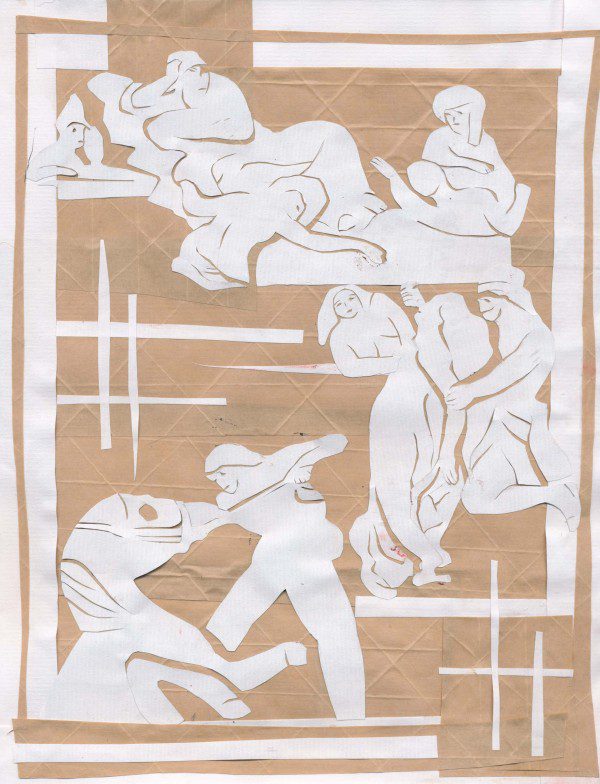
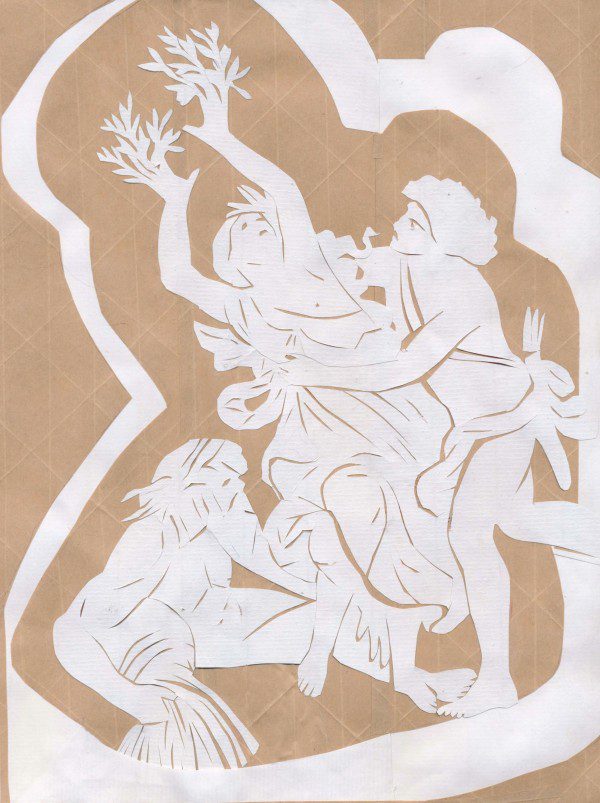
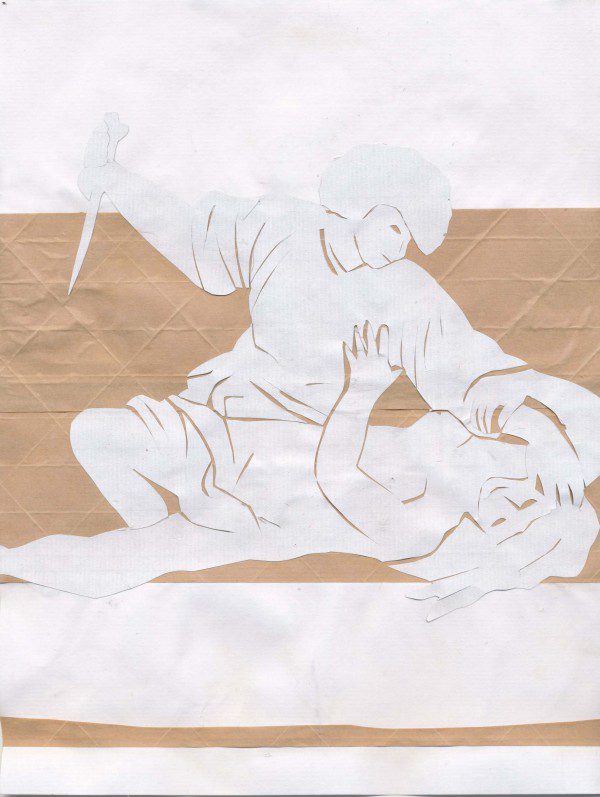
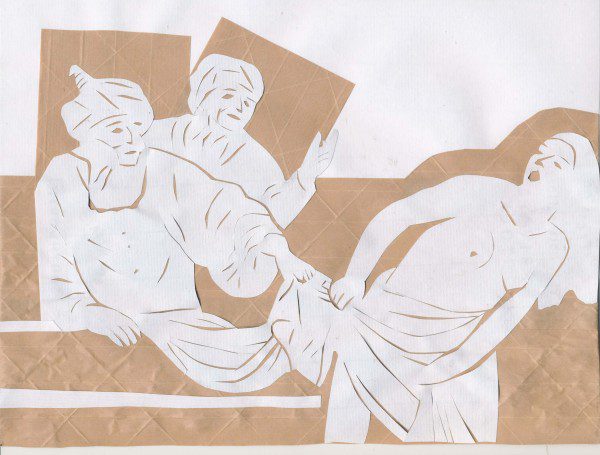




One response
Hope the next exhibition will me “Rapers who were killed”
Click here to subscribe today and leave your comment.